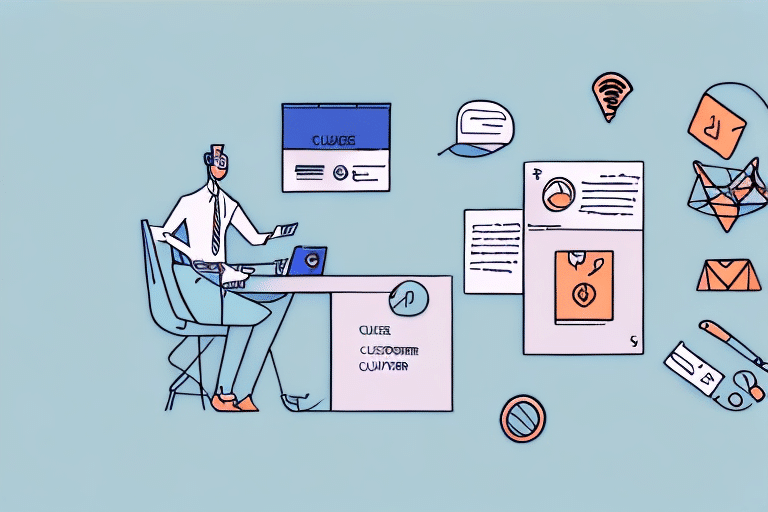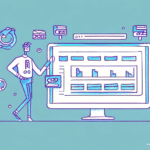Understanding the Role of a Customer Retention Representative
A customer retention representative plays a pivotal role in maintaining and enhancing a company’s relationship with its existing customers. Unlike roles focused on acquiring new customers, retention representatives concentrate on ensuring that current customers remain satisfied and loyal to the brand. This involves addressing customer inquiries, resolving issues, and implementing strategies that foster long-term engagement.
Effective retention representatives not only respond to customer needs but also anticipate potential challenges, thereby proactively enhancing the customer experience. This proactive approach can significantly reduce churn rates and contribute to the overall stability and growth of the business.
Essential Skills for Success
Communication and Interpersonal Skills
Exceptional communication skills are fundamental for any retention representative. This includes both verbal and written communication, enabling representatives to convey information clearly and effectively. Additionally, strong interpersonal skills help in building rapport and trust with customers, which is crucial for long-term retention.
Problem-Solving and Critical Thinking
Retention representatives must exhibit strong problem-solving abilities to address and resolve customer issues efficiently. This involves analyzing situations, identifying root causes, and implementing effective solutions that satisfy the customer while aligning with company policies.
Empathy and Customer Focus
Empathy allows retention representatives to understand and relate to customer concerns on a personal level. This empathetic approach fosters a sense of being valued among customers, which is essential for maintaining their loyalty. A customer-focused mindset ensures that representatives prioritize the needs and satisfaction of the customer in every interaction.
The Importance of Customer Retention for Business Success
Cost Efficiency
Retaining existing customers is significantly more cost-effective than acquiring new ones. According to a study by Bain & Company, increasing customer retention rates by just 5% can boost profits by 25% to 95%. This is because retaining customers reduces marketing and acquisition costs, while also increasing the lifetime value of each customer.
Enhanced Revenue
Customers who remain loyal to a brand are more likely to make repeat purchases and explore additional products or services. This increased spending directly contributes to higher revenue streams. Additionally, loyal customers often act as brand ambassadors, recommending the company to others, which can further enhance revenue without additional marketing expenses.
Brand Reputation and Trust
High customer retention rates are indicative of a strong brand reputation. Satisfied customers are more likely to leave positive reviews and provide referrals, which enhance the brand’s credibility and trustworthiness in the market. A solid reputation attracts new customers and reinforces the loyalty of existing ones.
Strategies for Building and Maintaining Customer Loyalty
Personalized Customer Experience
Personalization is key to making customers feel valued. Utilizing customer data to tailor interactions and offerings can significantly enhance the customer experience. For example, personalized email campaigns that address customers by name and recommend products based on their purchase history can increase engagement and loyalty.
Effective Communication
Maintaining regular and meaningful communication with customers ensures they feel connected to the brand. This includes timely responses to inquiries, proactive outreach to inform customers about new products or services, and follow-ups after purchases to gather feedback and ensure satisfaction.
Reward and Loyalty Programs
Implementing reward programs that offer incentives for repeat business can boost customer retention. Examples include discounts, exclusive access to new products, and loyalty points that can be redeemed for rewards. According to a report by Accenture, 77% of consumers have higher expectations for brands when it comes to personalized experiences and rewards.
Leveraging Data and Technology for Customer Retention
Customer Relationship Management (CRM) Systems
CRM systems are essential tools that help retention representatives manage customer interactions, track engagement, and analyze customer behavior. By consolidating customer data, CRM systems enable more informed decision-making and personalized communication strategies.
Data Analytics
Utilizing data analytics allows companies to gain insights into customer behavior, preferences, and trends. Analyzing metrics such as customer churn rate, lifetime value, and satisfaction scores can help identify areas for improvement and measure the effectiveness of retention strategies.
Automation and AI
Automation tools and artificial intelligence can enhance efficiency by streamlining routine tasks and providing personalized recommendations. For instance, AI-powered chatbots can handle common customer inquiries, freeing up retention representatives to focus on more complex issues that require human intervention.
Future Trends and Continuous Development in Customer Retention
Increased Personalization
The future of customer retention lies in deeper personalization. Advances in technology will enable even more tailored experiences based on individual customer data, preferences, and behaviors. Personalization will move beyond simple name usage to creating unique customer journeys that resonate on a personal level.
Integration of AI and Machine Learning
Artificial intelligence and machine learning will play a larger role in predicting customer needs and behaviors. These technologies can analyze vast amounts of data to forecast churn, recommend proactive measures, and automate personalized interactions, thereby enhancing retention efforts.
Emphasis on Customer Experience (CX)
Customer experience will continue to be a primary focus for retention strategies. Companies will invest in creating seamless, enjoyable, and consistent experiences across all touchpoints, ensuring that every interaction reinforces the customer’s positive perception of the brand.
Continuous Learning and Professional Development
Retention representatives must engage in ongoing learning to stay updated with the latest industry trends, technologies, and best practices. Professional development opportunities, such as training programs, certifications, and workshops, are essential for maintaining a competitive edge and delivering exceptional customer service.
Case Studies: Examples of Successful Customer Retention Strategies
Amazon's Prime Program
Amazon's Prime program is a prime example of an effective loyalty program. By offering benefits such as free shipping, exclusive deals, and access to streaming services, Amazon enhances customer value and incentivizes repeat business. This strategy has significantly contributed to high customer retention rates and long-term loyalty.
Starbucks Rewards
Starbucks’ loyalty program rewards customers with points for every purchase, which can be redeemed for free drinks and food items. Personalizing offers based on purchase history and preferences further strengthens customer relationships, making it a successful model for retention.
Apple’s Customer Support
Apple’s focus on exceptional customer service, including the availability of in-store support through the Genius Bar and comprehensive online resources, ensures that customers feel supported and valued. This commitment to customer satisfaction plays a crucial role in maintaining high retention rates.
In conclusion, becoming a successful customer retention representative requires a combination of strong communication skills, empathy, strategic use of data and technology, and a commitment to continuous learning. By implementing effective retention strategies and staying attuned to industry trends, representatives can significantly contribute to their company's long-term success and foster lasting customer loyalty.




















